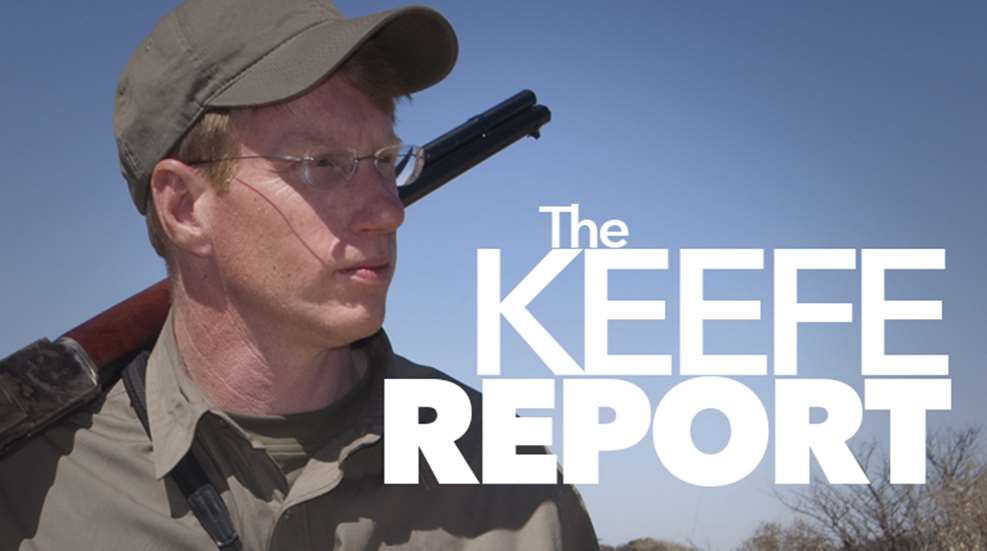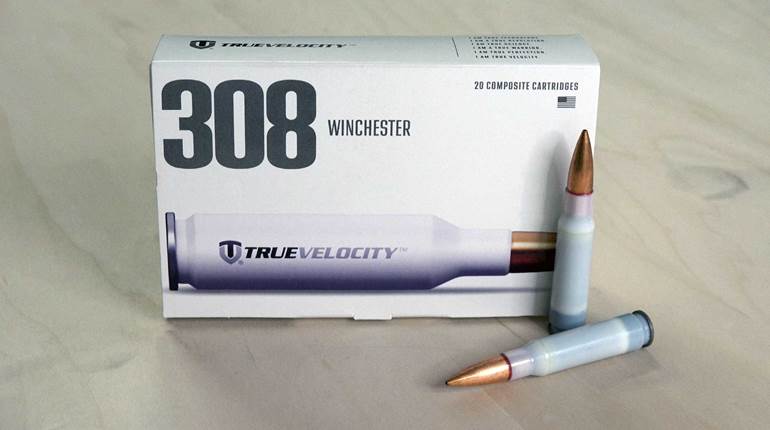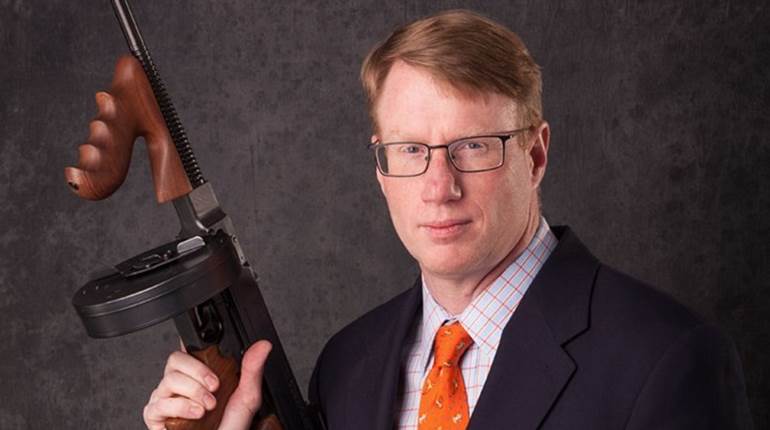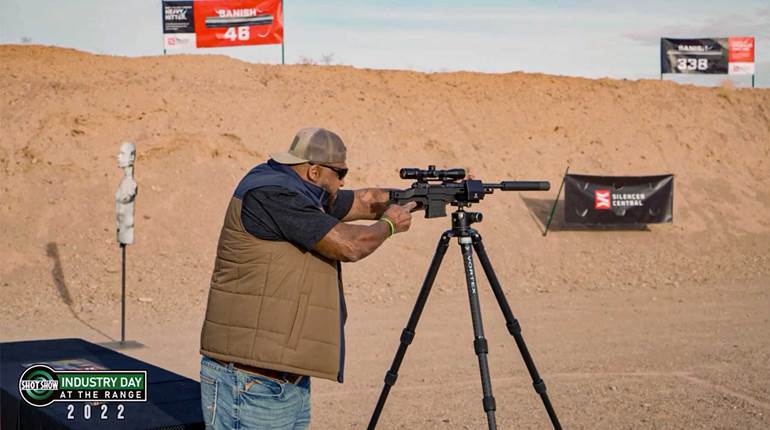
Q. I watch “American Rifleman Television” and hear Mark Keefe and Michael Parker pronounce the name “Garand” like “Ger-und” and in the same show someone else will pronounce it like I do, which is “Guh-rand.” What’s the deal? Are those two misspeaking every week?
A. Major General Julian S. Hatcher, U.S. Army, (later the technical editor of American Rifleman) while an Army officer at the U.S. Springfield Armory in Springfield, Mass., worked with, shot with and was close personal friends with John Cantius Garand in the 1920s. As a matter of fact, in my personal collection, I have a Christmas card from Maj. And Mrs. Julian S. Hatcher to Mr. and Mrs. John C. Garand from 1927. In Gen. Hatcher’s "The Book of the Garand," printed in 1948, there is a footnote regarding the pronunciation on page one that reads: “Pronounced with G as in go, and the stress on the first syllable, to rhyme with parent (except the final sound is d instead of t).”
That is how a man who knew and was friends with the inventor—a French-Canadian born on Jan. 1, 1888, in St. Remy, Quebec, Canada—pronounced the last name of the man who designed the “U.S. Rifle, Caliber .30, M1.” Personally, I am willing to take Gen. Hatcher’s word for it, as I would on almost anything.
I suspect that as the inventor’s name supplanted “M1” as the common designation for the rifle, the pronunciation moved to “Guh-rand.” It was the millions of American servicemen and shooters who used the rifle paying homage to the inventor that led to the more commonly heard pronunciation. And I am not going to tell anyone, especially those that used the rifle in combat, that they were wrong. Call it what you like, and thank you for your service.
This topic came up at the American Rifleman Special Session we did on the Garand at the Annual Meetings. We know how John C. pronounced his last name from Gen. Hatcher, but NRA Second Vice President Allan Cors relayed that John’s son answers the phone “Garand residence.” [Guh-rand.]
I find myself slipping up at times, but try to use the Hatcher specified pronunciation when referring to the inventor. Garand had a distinctive accent his entire life, and he appeared in the U.S. Army Signal Corps “The Big Picture Commence Firing.” In the video the inventor talks about infantry rifles. Here, you can watch and listen to the man who designed the rifle that defended freedom around the globe.




































